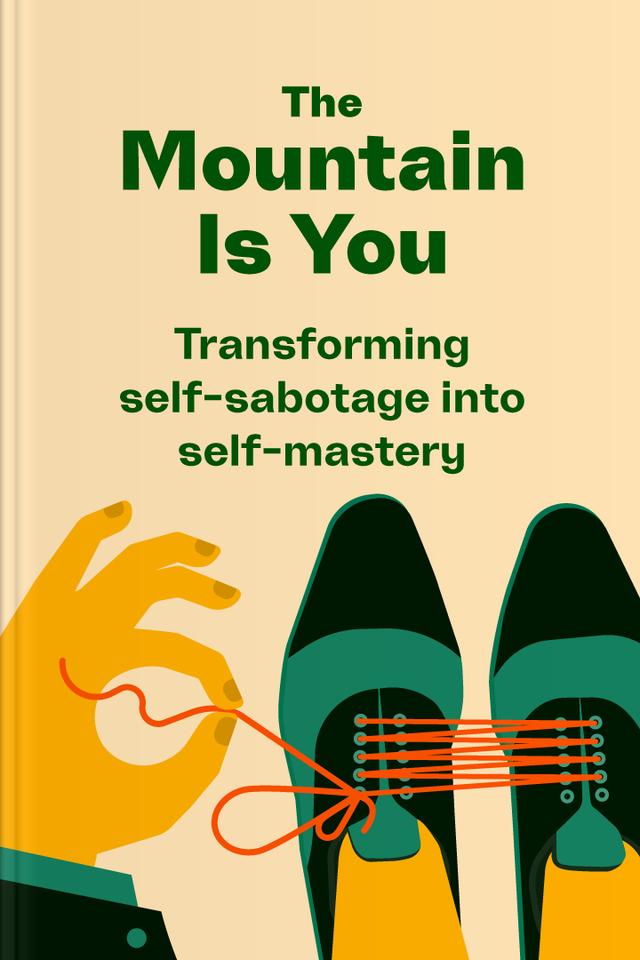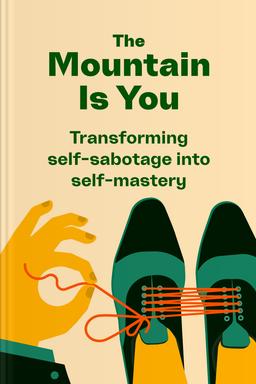You’ll learn
- To flatten the speed bumps on your way to a dream
- About self-sabotaging tricks
- What your emotions can teach you
- How to say goodbye to your past traumas
- Building a new self
russia has launched a full-scale war in Ukraine. Donate to support Ukraine and protect the world’s peace.

first KEY POINT
Have you ever climbed a mountain? When you reach the top, the voice in your head saying, “You can’t do this!” is finally silent because you proved it wrong. But you wouldn’t know it if you stayed at the foot, terrified of taking the first step.These mountains are your progress in work, life, or relationships. In a way, you are that mountain because you always hike your own psychological trails and explore its beauty and unknown treasures. Sometimes you have to jump over a fallen tree in your path; that can be a traumatic memory or a complex. You can be your biggest obstacle or tremendous force; nothing feels better than conquering yourself.
Ascension always includes tripping and falling. However, people often confuse failing with being a failure. They believe mistakes make them imperfect or unworthy. Nonetheless, perceiving errors as lessons can enrich your experience, temper your character, and deepen your knowledge.
Whatever your mountain is, you must drop your excessive demands, imposed values, and false views while at its foot. For example, you must determine why you need to lose weight. Is it because you love your body and want to care for it, or because someone said you look unattractive?Be honest with yourself about why you need to hit that peak. The ascension breaks those following the wrong goals; only genuine desires can motivate and push you further.Finally, remember that the way up is always hard, but the only means to grow.Therefore, prepare to discover and climb your mountain, even if your fears create traps on your way to the top.
second KEY POINT
People say you are your best friend and worst enemy. When it comes to career, finances, or personal growth, your mind can promote you to victory or block your every effort; you may think that you are moving forward while, in reality, you are running in a hamster wheel.Self-sabotage is a principal coping technique your mind uses to react to reality; it comes from various mental patterns:• Fears — Usually, the most basic worries hide something critical. For example, you may sabotage your career advancement because you fear you won’t manage the workload. However, on a deeper level, you may be terrified that professional success will make you sacrifice a connection with your family.
• Negative and limiting beliefs — The preconceptions you grew up with will create obstacles because what you want is “dangerous” or “bad.” For example, you will struggle to grow financially if your parents think “money spoils people.”
• The unknown — Changes make you leave your comfort zone and adopt new habits or behaviors. Growth brings new things to life, so you may sabotage your success because you fear it will shatter your life order or deprive you of things you are used to.The common practice is to live on a roller-coaster: you laugh and smile when you go up and feel stressed or depressed on the way down. Such an unstable lifestyle scales your emotions from one extreme to another, making you restless.

Continue reading with Headway app
Continue readingfirst KEY POINT
second KEY POINT
third KEY POINT
fourth KEY POINT
fifth KEY POINT
sixth KEY POINT